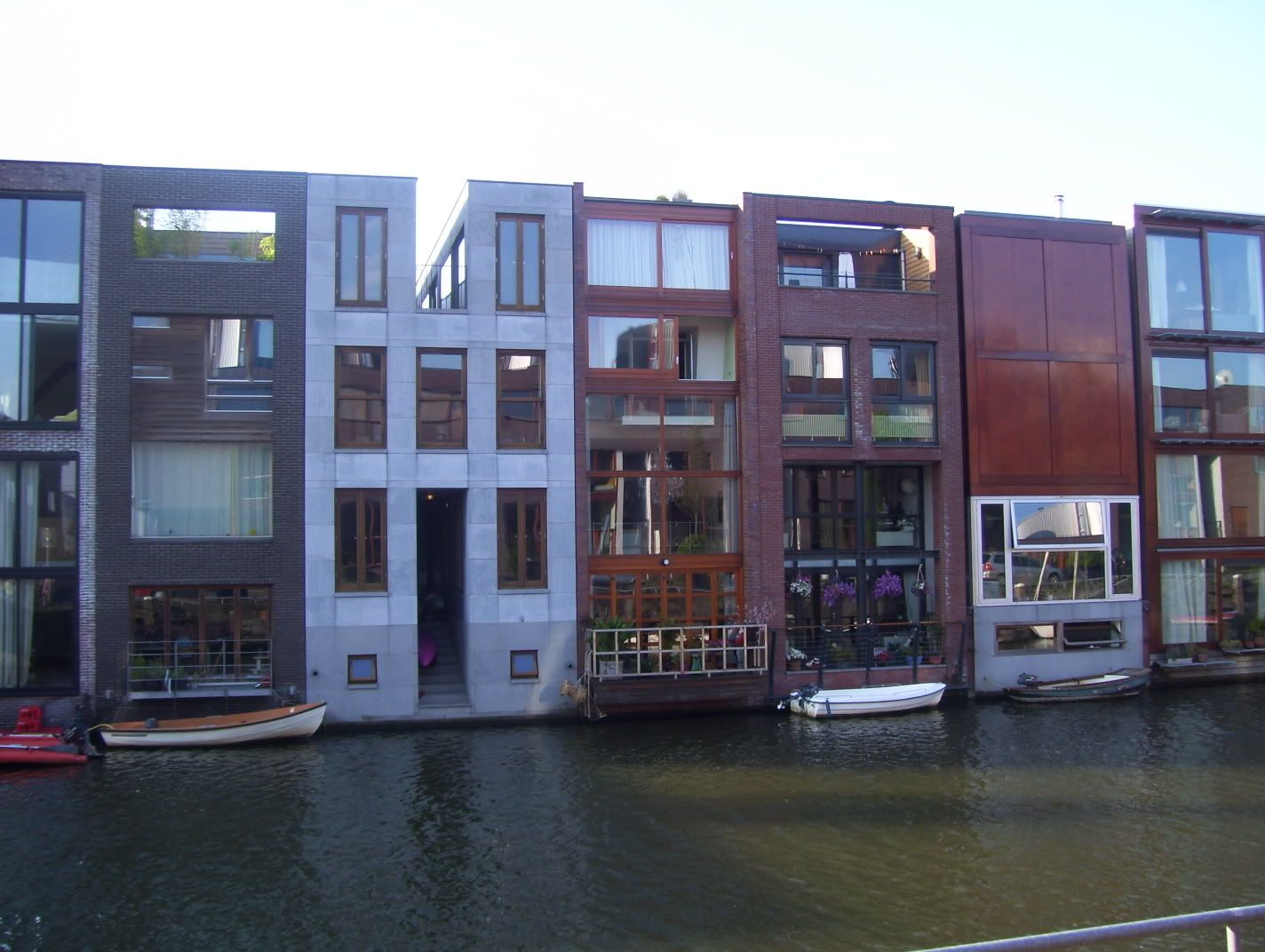Ron Newman
Senior Member
- Joined
- May 30, 2006
- Messages
- 8,395
- Reaction score
- 13
These places remind me of Solvang, California.
What I see in the Chinese examples are sound urbanism


Would have been nice to see Boston take this route. [Traditional] urbanism in Modernist clothes (there is no Modernist urbanism). But why this ongoing obsession with clothes? Who cares about the clothes if the urbanism is sound?






































Robert Campbell said:I can?t believe the way developers are building at the water?s edge ... Guys, the water is rising. Nobody knows how high it will go, but it appears certain that it?s too late to prevent a drastic problem ? I feel the same way now about oceanfront city building. Maybe we should pull back?


























On nearby Borneo Island, some of the townhouses even back up to a canal, Venice style:
Don't know what to do about Florida, a low-lying sandbar.
Has anyone thought about promoting global cooling as a way to counteract global warming?
For example, instead of only reducing CO2 emissions, could scientists devise a way to bring CO2 back down out of the atmosphere or neutralize it up high?
Yeah, me too; but this is better.Kinda reminds me of Roosevelt Island, but with more townhouses.
You?re certainly a pessimist. You seem to feel circumstances have been deteriorating since the first millennium, to the point where it?s impossible to equal the ?vastly superior? products of times past. It?s not ?how things are done in 2007.? Maybe Posts 82 and 87 of this thread will cheer you up; this project was under construction in 2007.Hey, that's super, you can put together a photo essay of a bunch of cities built in the first millenium BCE. Your comparison to Boston, no matter how tongue in cheek it may be is irrelevant; small potatoes as you so insightfully observed about the JFK development. Let's see something built in the current century, with today's economic constraints that meets your most discriminating architectural taste. I agree, the old cities of Europe are vastly superior to SBW but let's get real, this isn't how things are done in 2007.
